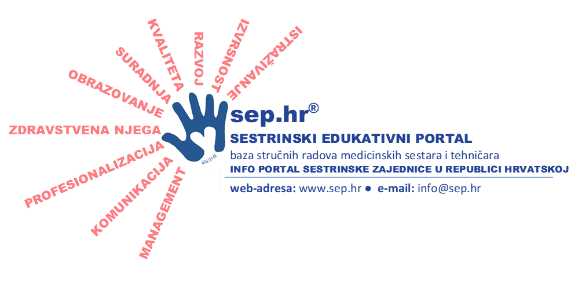Yu-Ching Chuang
Taiwan
critical care, pressure ulcer,pediatric,quality control
''5. Međunarodni kongres HDMSARIST-a'' i ''8. Međunarodni kongres WfCCN-a''
Šibenik, 12.-15. travnja 2012. godine
Background: New technology improves the survival rate; however, it takes new challenges on clinical care issue.
Purpose: To identify factors lead to pressure ulcer in ECMO- supported children in pediatric intensive care unit.
Method: A retrospective medical chart review was used to collect 26 children supported by ECMO in PICU from June 1ST 2010 to June 31nd 2011. The characteristics of patients with ECMO- supported developed pressure ulcer were compared with those did not.
Results: Of the 26 children supported by ECMO, the incidence rate of pressure ulcer was 34.6%. Children were developed ulcers in average 15 days after ECMO implantation. Occipital of the head and neck site fixed by ECMO circuit were the most frequent areas for ulcer. Age, gender did not affect to pressure ulcer. TISS score on admission day, the nutrition status and infusion of inotropic agents were not significant to pressure ulcer. However, patients with longer ECMO implantation (32.7days vs. 5.6days, p=0.004), dermatitis (p= 0.004) and sternum open (p=0.034) during ECMO support period were risk factors to pressure ulcer development in children.
Conclusion: Identification of characteristics and risk factors associated with pressure ulcers in children were different from adult patients in intensive care unit. Children with longer ECMO-supported days, dermatitis were more easily tend to pressure ulcer. The result contributes for nurses in PICU to early recognize risk factors and take aggressive prevention.
